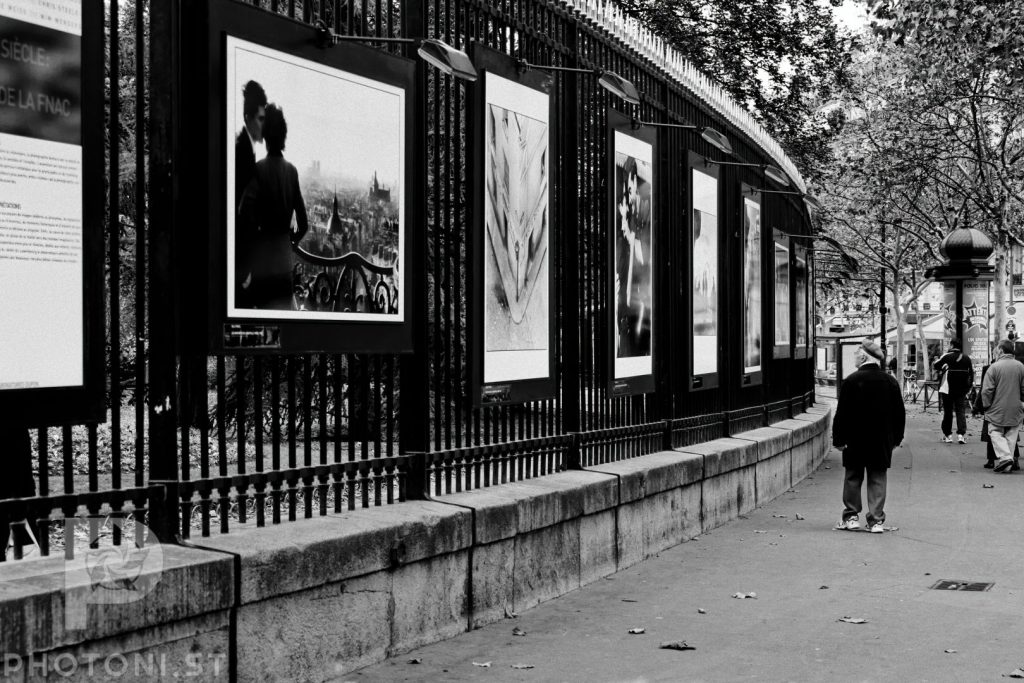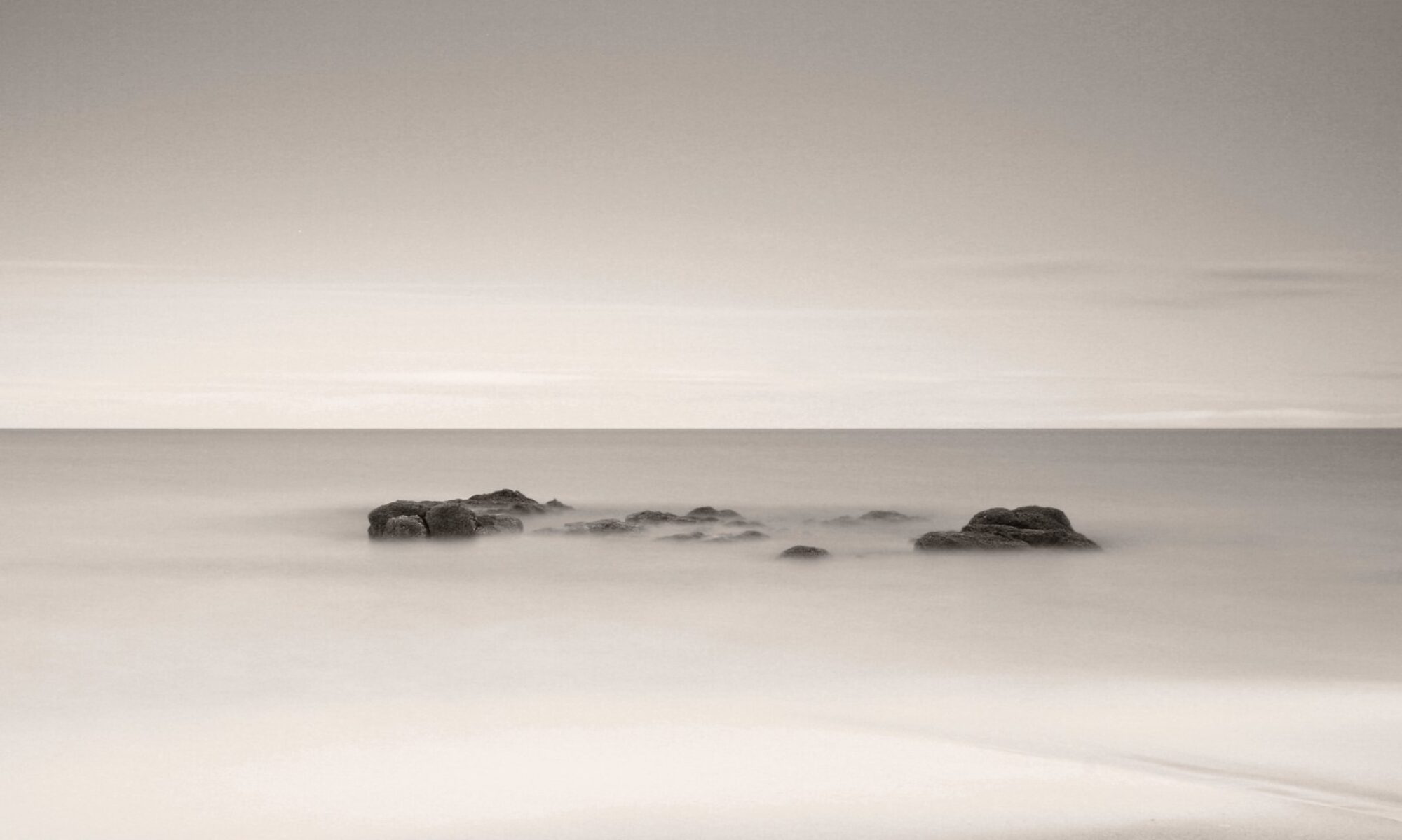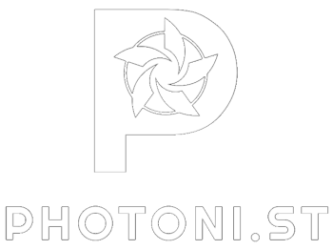We’ve all heard many photographers talk about storytelling in their photography. How many YT videos can you find on the subject? It’s become such accepted wisdom in the creative world that questioning it feels almost heretical. But when we look at it closely, it doesn’t make sense, and it’s all about how we actually experience photographs.

It does sound like clickbait, but hear me out, I’m seriously struggling with this idea of photographs telling stories.
For clarity, I concentrate here on individual photographs. Not monographs, not projects, not series. These would move closer to movie-making in terms of communication.
The first issue is the word “tell.” When photographers claim their work tells stories, they’re suggesting a level of control that simply doesn’t exist. I can compose, light, and frame with surgical precision, but the moment someone else looks at my photograph, it becomes theirs. Their childhood memories, current anxieties, cultural background, and whether they’ve had their morning coffee all shape what they see. I’m not telling them anything; I’m offering raw material for their own mental construction project.
This isn’t some abstract philosophical point. We’ve all seen the same image provoke radically different responses in different viewers. A photograph intended as hopeful can strike someone as melancholy. What one sees as strength, can be interpreted as vulnerability by someone else. The image hasn’t changed, but the story supposedly being “told” has completely transformed. If I were truly telling a story, wouldn’t it remain consistent?
If you compare to a book for example, the author has much more control and if it’s written well, the message, the sensations, the feelings conveyed by the author are experienced by the reader as intended.
The second word, “story,” presents an even larger problem. Stories require sequence, causation, development over time. They need context, background, consequence. A photograph captures perhaps 1/60th of a second, frozen and stripped of everything that came before or after. It’s like claiming a single word can tell a novel.
Look at any famous “storytelling” photograph. Take Dorothea Lange’s “Migrant Mother.” We call it powerful storytelling, but what story does it actually contain? Without the caption, without historical context, without knowing it was taken during the Great Depression, it’s simply a woman with children. The story exists in our collective knowledge about that era, not in the pixels themselves. Lange’s genius lay in recognising a powerful moment, but the story requires everything we bring to the image from outside its borders.
This realisation liberates rather than diminishes photography. Once we stop pretending photographs tell stories, we can appreciate what they actually do, which is far more subtle and arguably more powerful. They create spaces for stories to emerge. They offer fragments that viewers complete with their own experiences and imagination.
The best photographs don’t tell; they suggest. They don’t narrate; they provoke. They create “narrative gaps” that viewers instinctively fill. This collaborative process between image-maker and viewer produces something that can’t be controlled.
In a sense, photography create incomplete canvases upon which viewers project their psyche, not finished and sealed vessels, ready for consumption as-is. In that sense, photography is story seeding, not storytelling.
Understanding this changes how we approach both making and viewing photographs. As creators, it frees us from the impossible task of controlling interpretation and allows us to focus on creating compelling visual starting points. As viewers, it reminds us that our response to an image says as much about us as it does about the photographer’s intent.
The next time someone claims their photograph tells a story, ask them whose story it is. The answer will reveal the true nature of this supposedly transparent medium.
#Photography #IMayBeWrong #Theory #Opinion

